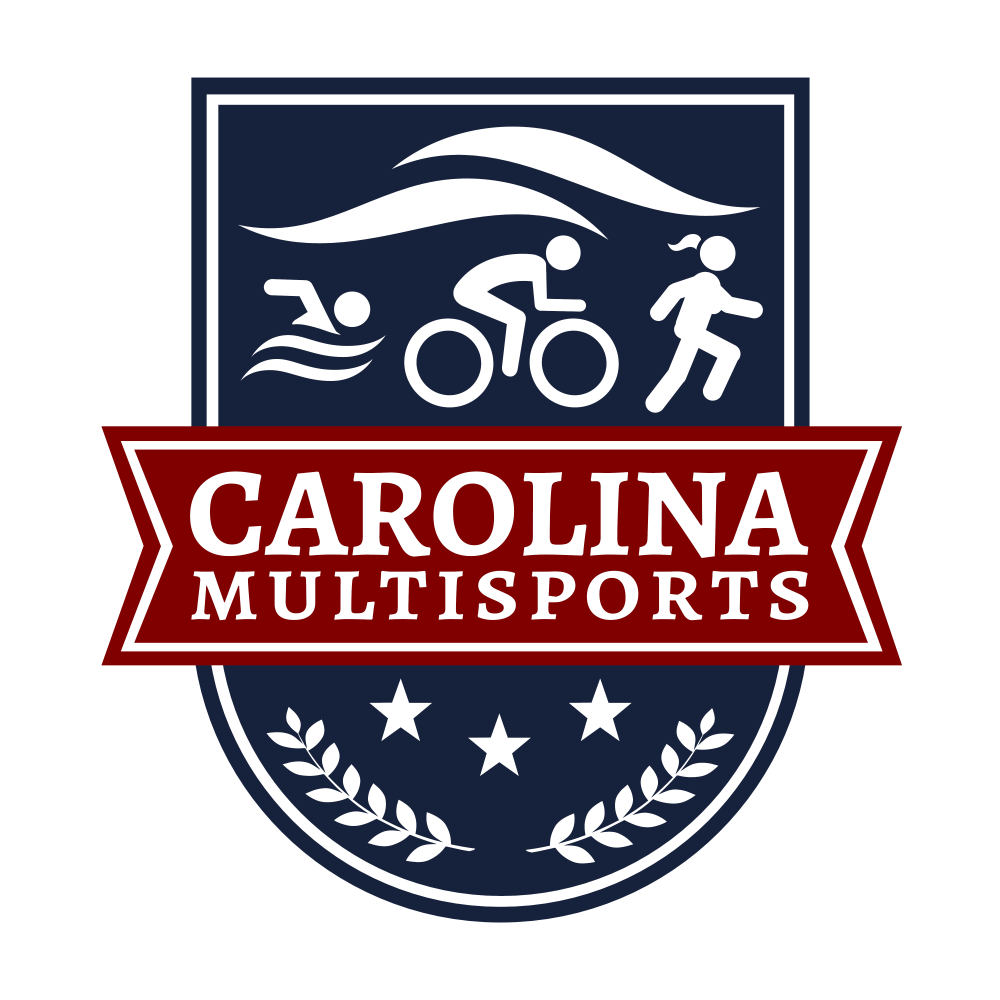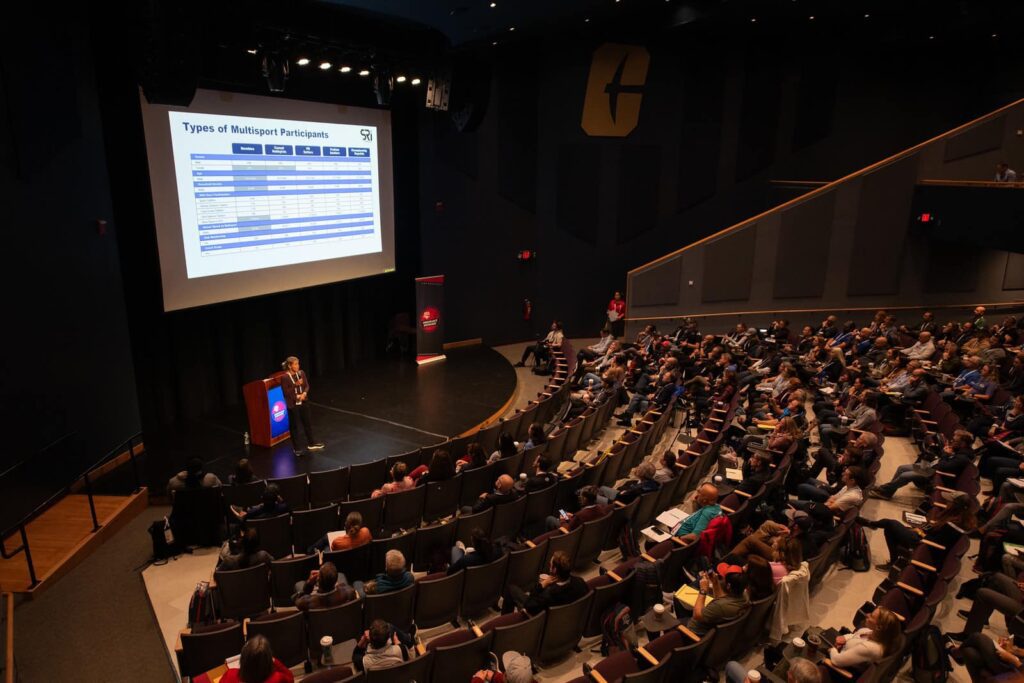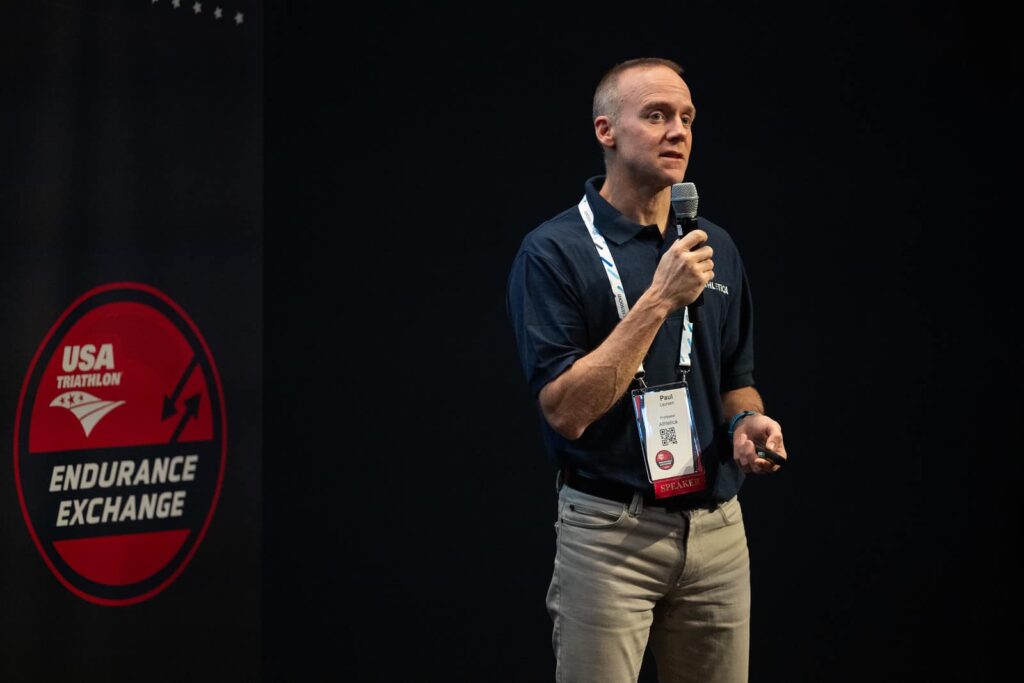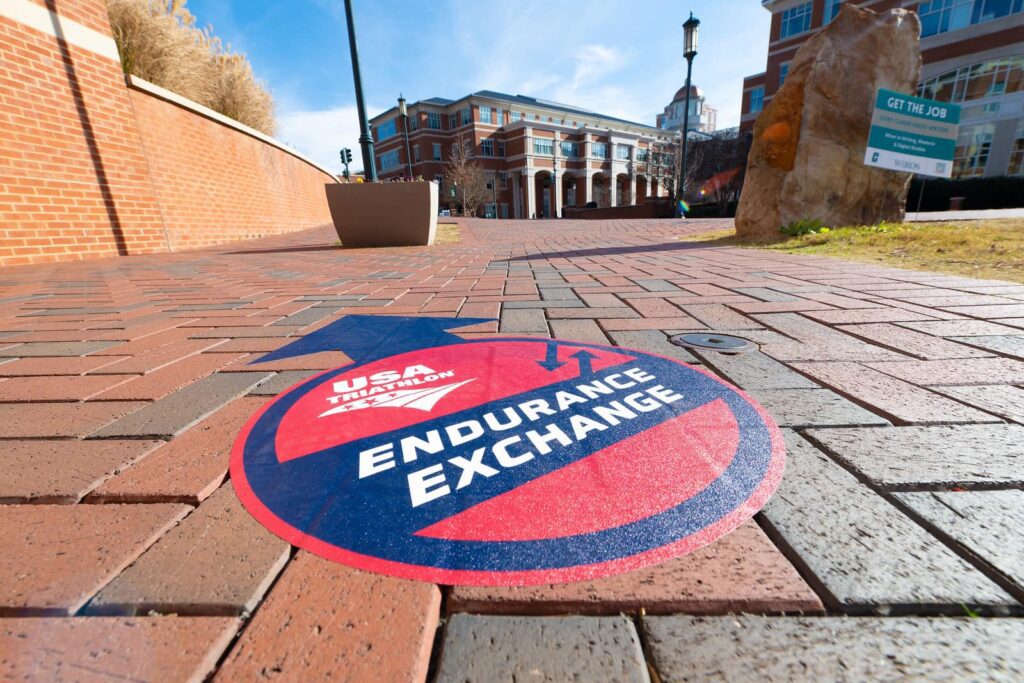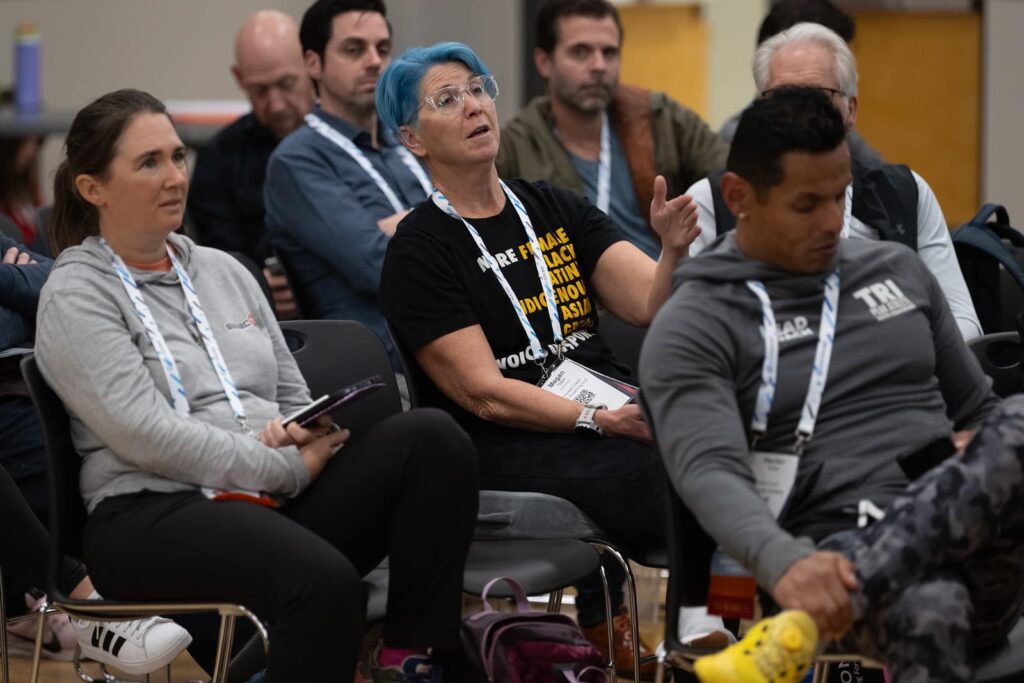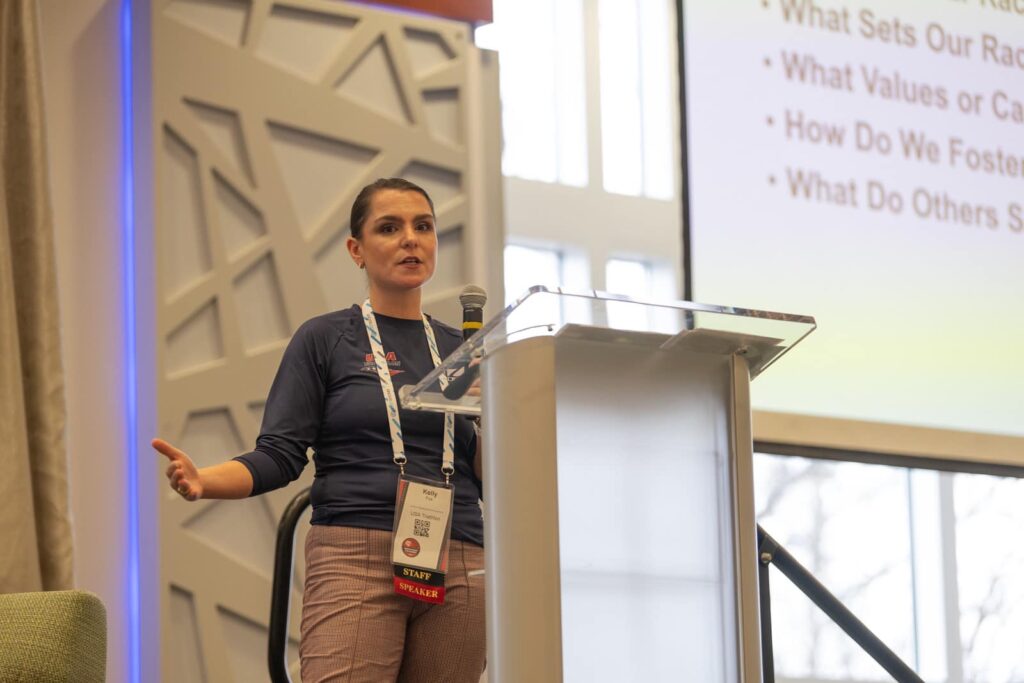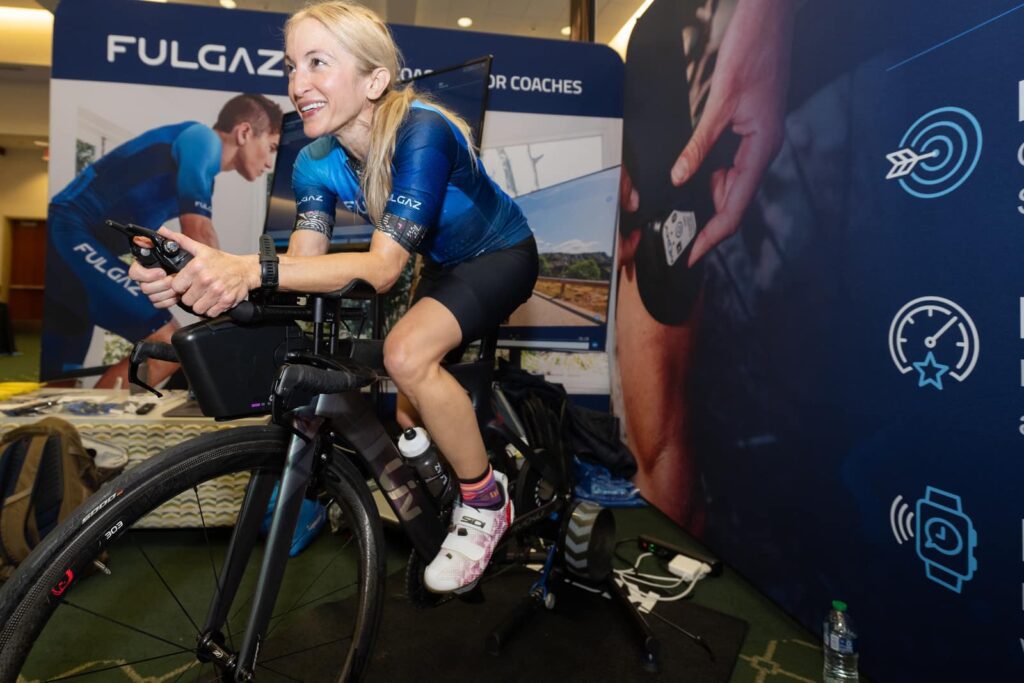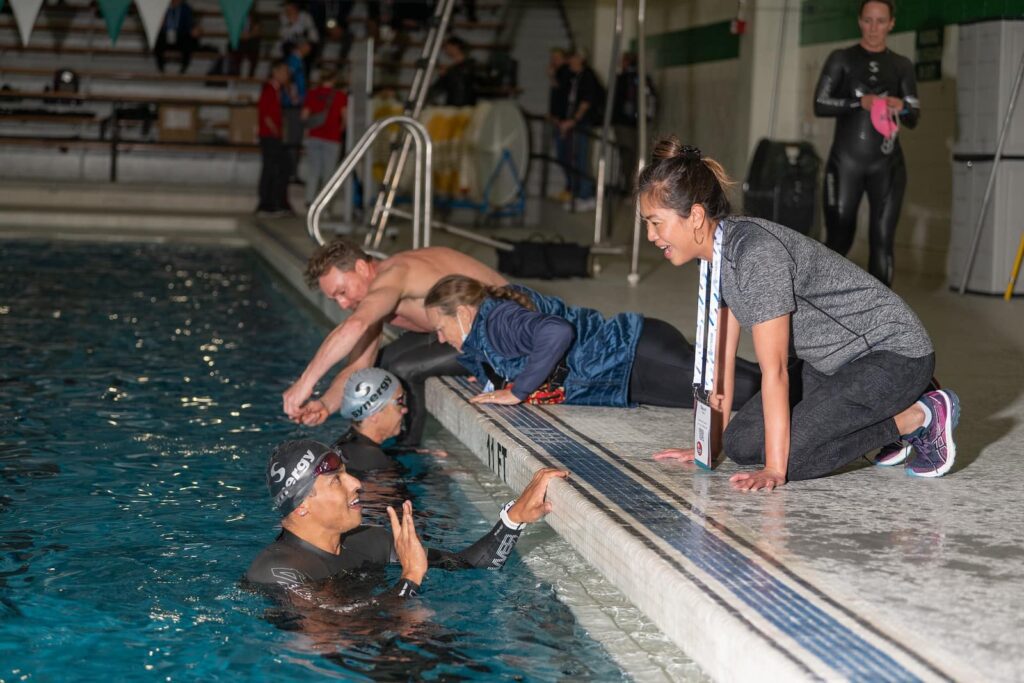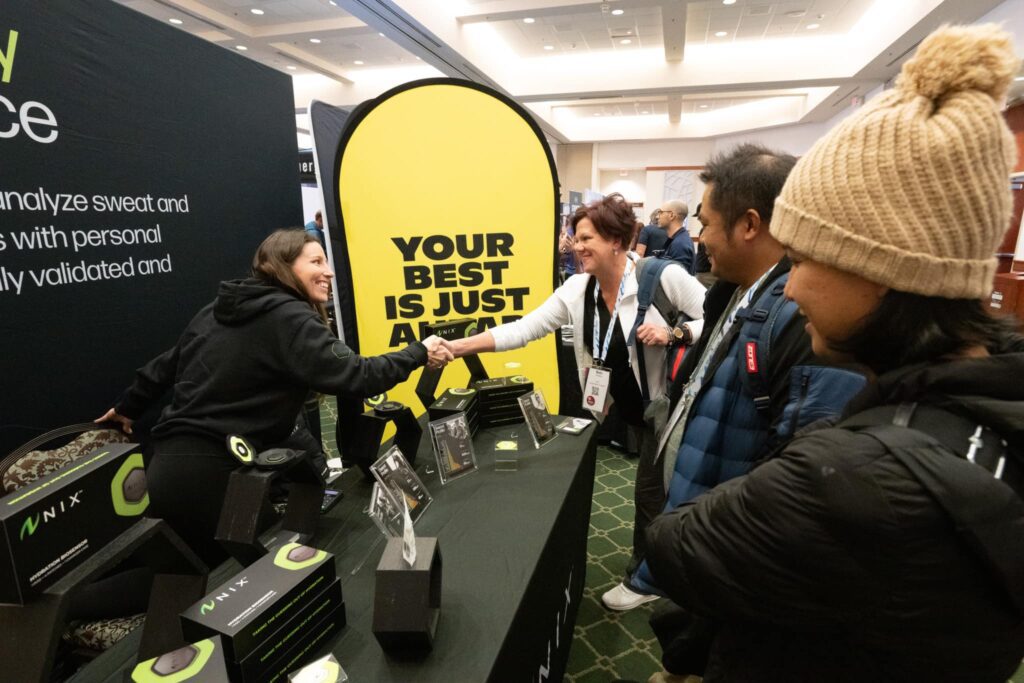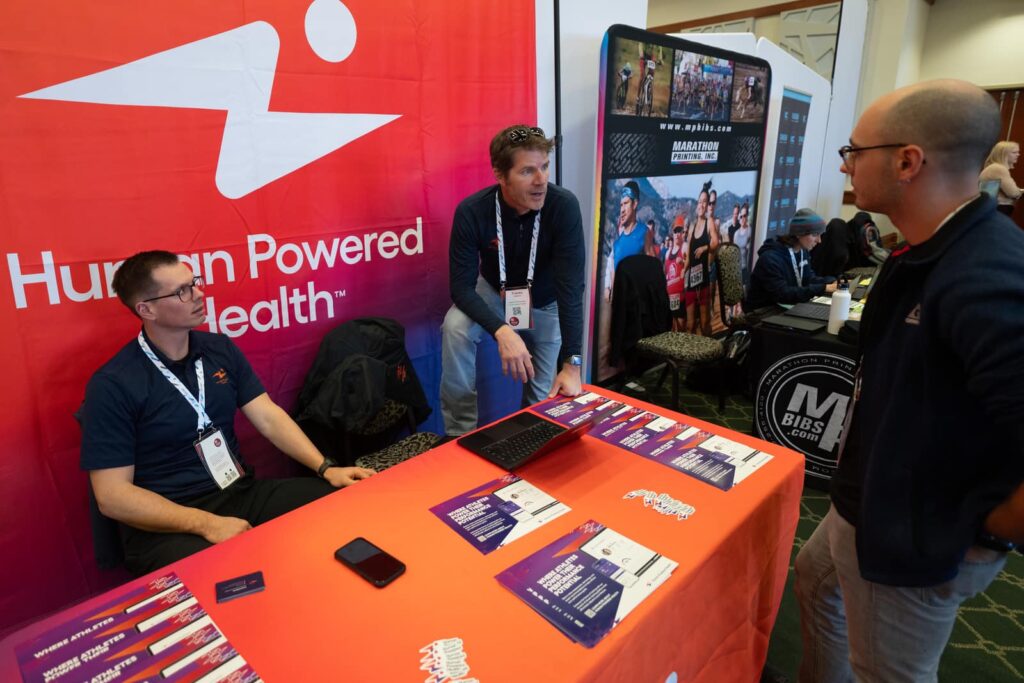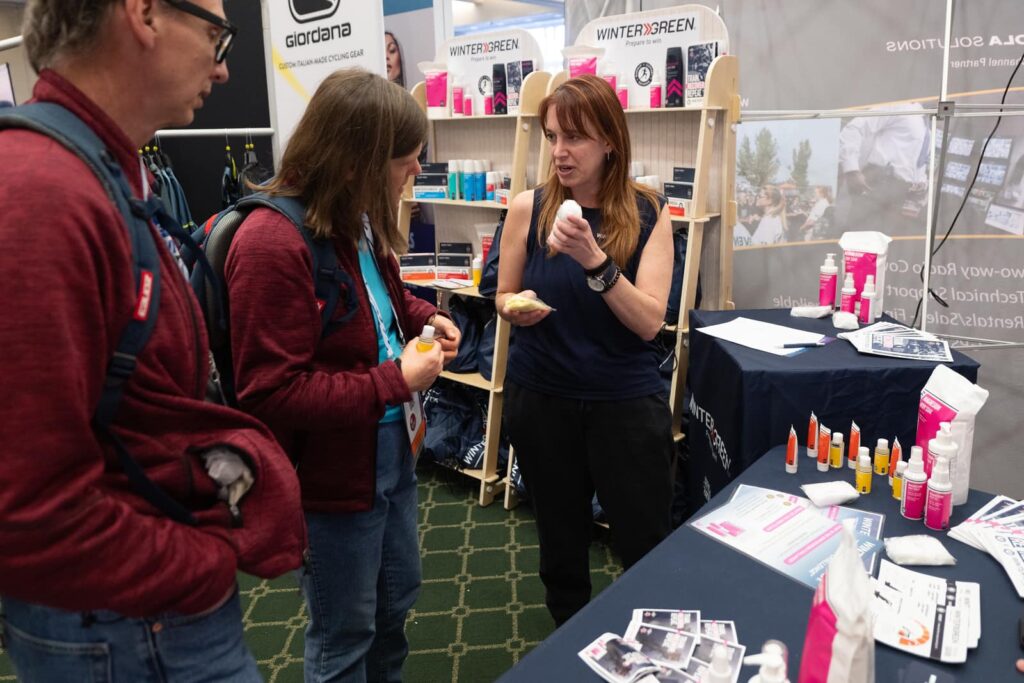I attended the 2024 Endurance Exchange, the annual gathering of the multisport community, this past weekend on the campus of the University of North Carolina at Charlotte with great anticipation. I was not let down.
We began the conference with keynote speaker, Dr. Indigo San Millian, who came out hot challenging the conventional thinking of the industry at large, citing his decades of research and working with world-class athletes such as the famed 2x Tour de France winner Tadej Pogacar and world-class cycling teams like UAE Team Mercedes, that lactate was not the “bad guy.” An audible and accepting rumble went through the crowd with a few claps and cheers, indicating that many intuitively knew this and that their thoughts were being validated.
He explained that lactate is likely the preferred fuel source for the cell. Glucose as a fuel source takes longer to convert while lactate is used immediately. When mitochondria aren’t efficient, they can’t use all the lactate available, and it builds up. That’s the burning we are all familiar with. The fix: We have to stimulate the mitochondria by targeting zone 4 or threshold to improve lactate clearing.
He ended his remarks by stating emphatically, “The future is in biosensors.” There is a boom in technology leading to more wearables. This has led to an explosion of data and with computing power ever-increasing, new insights and breakthroughs are being made possible.
From there, we all fanned out across campus to the many breakout sessions for the next two days.
The future is in biosensors.
Dr. Indigo San Millian
My path first led me to a panel discussion on strength training. Erin Carson, current strength trainer for pro triathletes Taylor Knibb and Tim O’Donnell, helped reframe our understanding of injury prevention by teaching, “Injuries don’t typically occur during force production, but during force reduction. For example, if you want to run fast, then you need to be able to put your foot into the ground really hard and be able to accept that load.”
Of course! We can only go as fast or hard as we’re capable of producing energy. That’s why we can’t jump 25 feet. We couldn’t safely land without injuring ourselves, so our brain limits our output. This inverse relationship of producing power and absorbing power is where we need to focus our strength training.
Speaking of the brain, my favorite session of the conference was titled, “Optimizing Performance from the Neck Up.” While strength training is obviously important, Dr. Scott Frey shared more incredible research, citing a recent meta-analysis of over 17 studies and 17,000 participants, that “54% of our output is limited by the brain.”
We experience a constant influence by our past, our current situation, and our expectations of the future. Reality and our beliefs are being filtered and affected by our brain below the subconscious threshold. The brain integrates this sensory feedback to predictively adjust output. The point at which we quit is a choice based on perception, not an absolute limit. We often quit far below our potential. This works in both directions too. For example, we can dig deeper and go farther than we often believe we can.
To summarize, the brain is the ultimate arbiter of output regardless of all the gadgets and data we have. Mental fatigue, whether it comes directly from activity, or indirectly from our life experience, affects our physical output in a major way. So, whether you believe you can or you can’t, you’re right.
The takeaway: Prioritize and train the brain as routinely and strategically as much as you train the body.
The conference proceeded in the same fashion with great sessions, one after another, touching on topics such as the latest breakthroughs in heart rate variability with Dr. Paul Lauren, nuances of the gait analysis with Board-Certified Sports Physical Therapist, Sam Rauchwater, and improving open water swim technique with former pro triathlete Tommy Zaferes, just to mention a few.
Throughout the conference, we also enjoyed a terrific trade show with opportunities to demo new products such as Form’s new smart swim goggles and Nix’s new sweat rate monitors. It was also exciting to be introduced to several game-changers like Fuel.in with their nutrition app and Velocity with their new virtual cycling app.
As I reflect upon this conference, I’m not only thinking about learning and improving as a coach but also about what this means for my clients and everyone who enjoys multisport in all its forms.
Carolina Multisports, LLC was born out of my love of connecting with people and helping others to discover, learn from, and excel in endurance sports. But it’s more than that, isn’t it? We often discover something new about ourselves when we pursue goals that often seem so hard at first. That’s what it’s all about for me. Carolina Multisports is not only a great fitness outlet, but a community to change your life.
I’d love to join you on your journey. Come on, let’s go do something that might seem impossible today.
